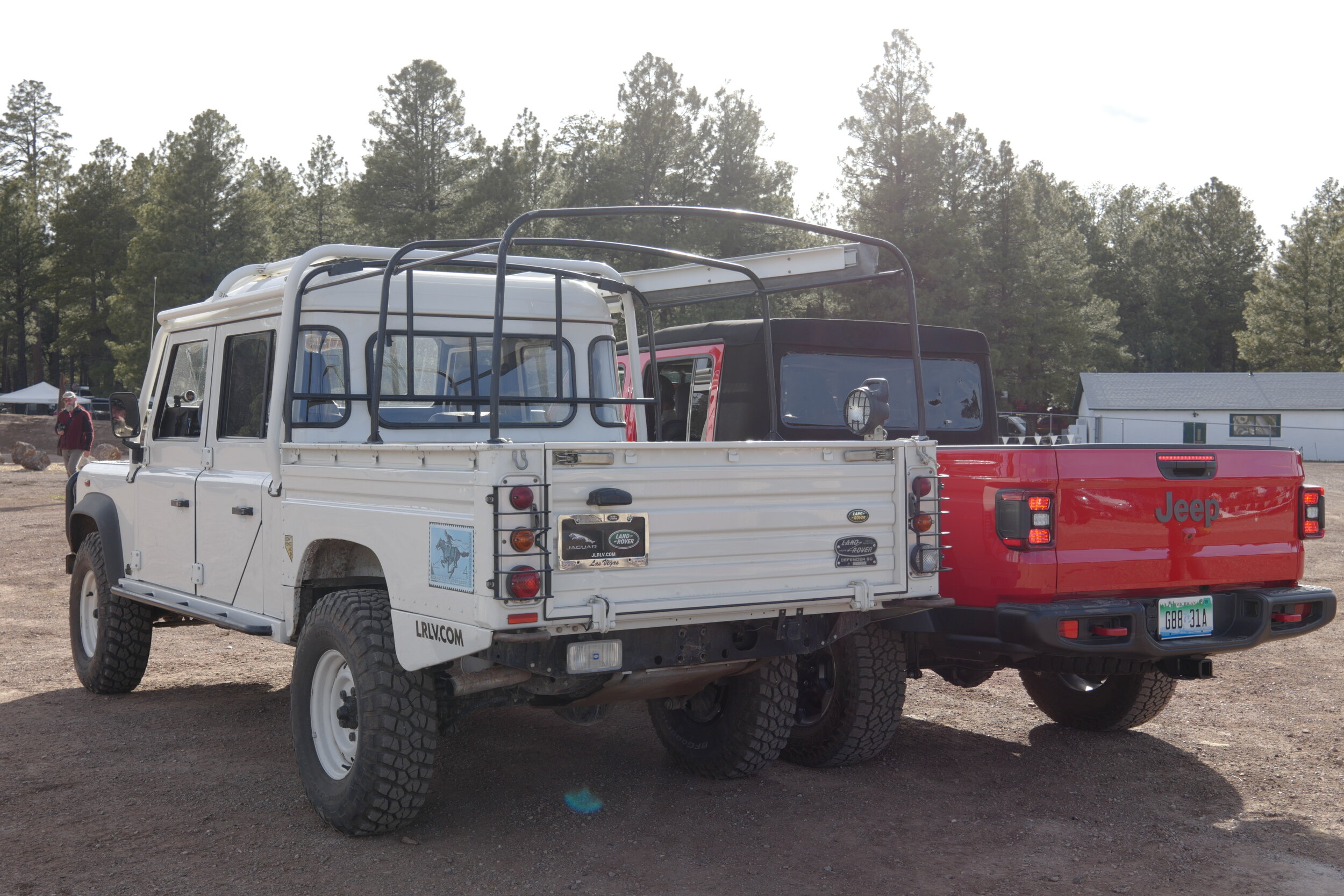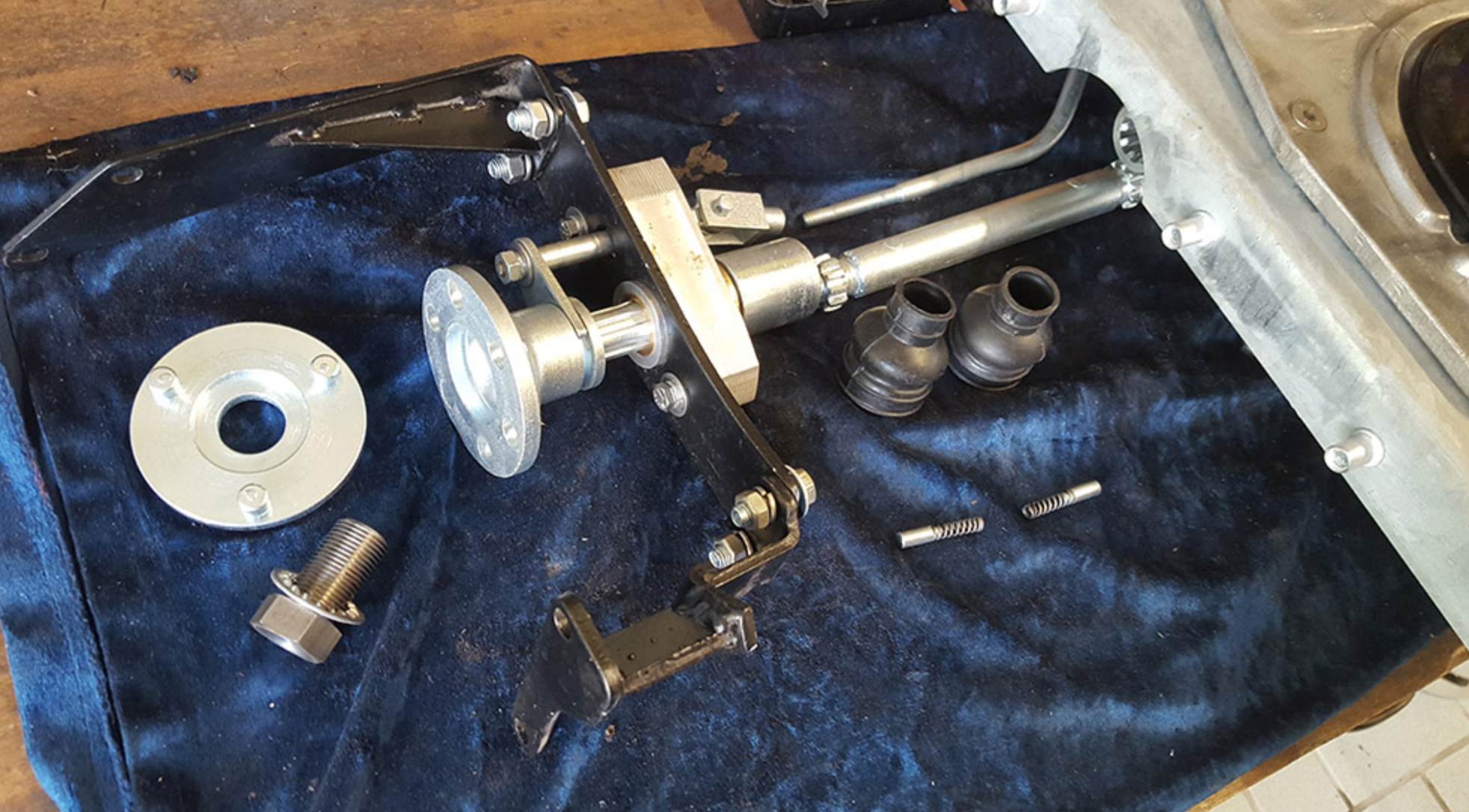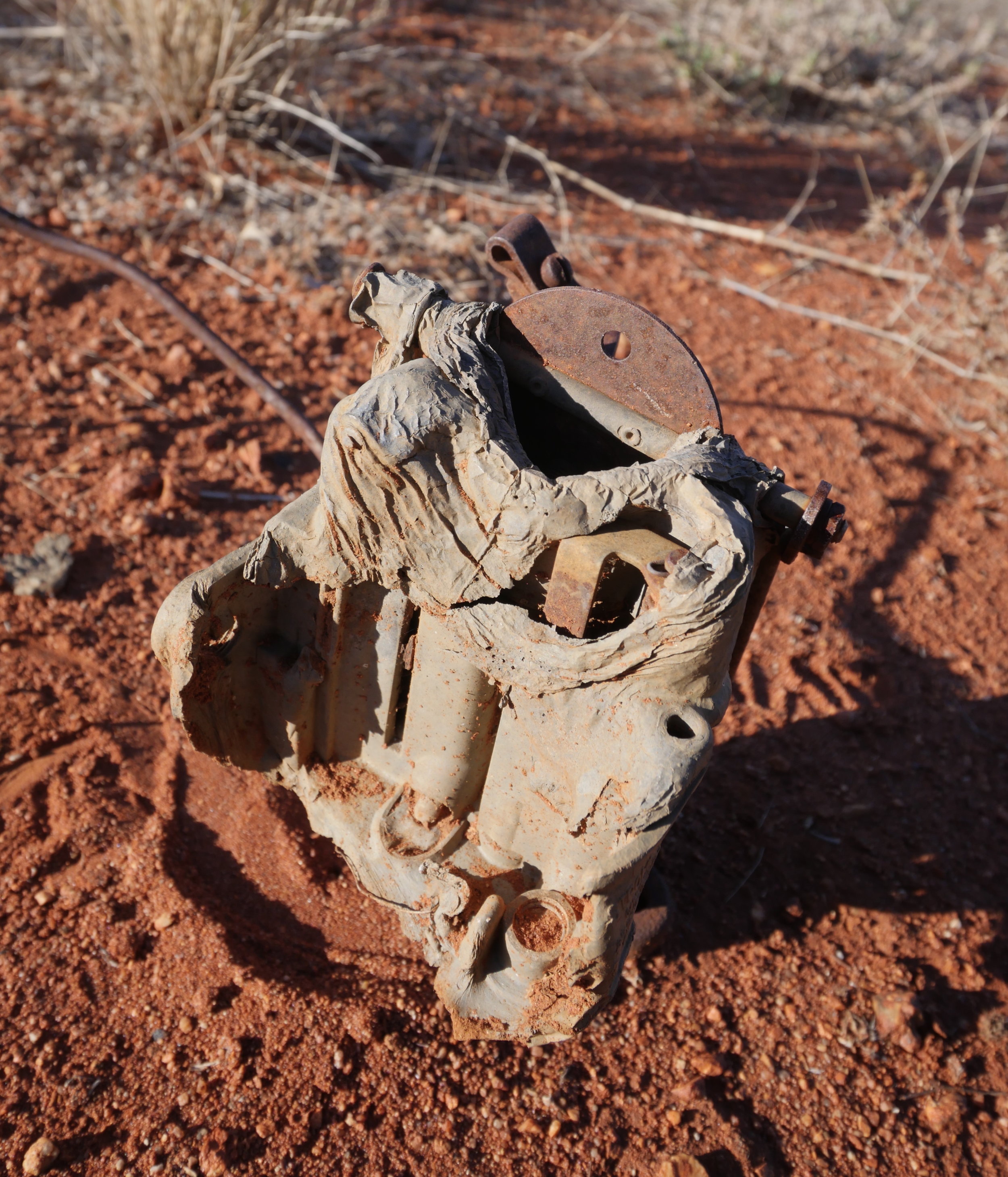Of course one could make an argument for John Steinbeck’s Rocinante—but that’s in a museum. You can actually buy Steve McQueen’s 1952 Chevrolet 3800 and camper from the Legendary Motorcar Company. Note that “can” is highly subject to your financial status. The company doesn’t list the price; you have to “enquire.” From their description—which I’ve edited for grammar, ahem:
This special 1952 Chevrolet 3800 Pickup with custom camper was purchased by the legendary Hollywood actor Steve McQueen from a migrant farmer he passed on the side of the road in the late ‘70s when he resided in Trancas Beach, north of Malibu, California. An avid collector of vintage cars, trucks and motorcycles throughout his lifetime he owned more than 60 rare vehicles including a 1951 Hudson Hornet, a 1956 GMC Suburban, a 1931 Lincoln Club Sedan, a 1946 Willys Jeep, and a 1935 Chrysler Airflow Imperial Sedan. This 1952 Forest Green Chevrolet 3800 series is a one-ton step-side long-bed. Powered by the original 235 cu in Loadmaster 6-cylinder engine with a 4-Speed manual transmission.
McQueen understandably used the truck for cross-country camping trips as this Chevrolet pickup truck features a custom camper known as "Dust Tite.” The custom camper was built by Harold Van Hoosen, a sheet metal fabricator from Yreka, California, in October 1952.
Made of galvanized metal and aluminum, the camper includes a double-size bed, storage cabinets, drawers, shelves, and a heavy-duty diamond-plated rear bumper. Inside the famous Chevy 5-Window cab design, complete with sun-visor, the two-tone green bench seat is in wonderful condition. The interior has a pretty high trim level for a truck of this era and has an AM radio and Chevy heater. It also has a platform on top, making it a prime viewing location for auto and motorcycle racing events. Other features of this wonderful truck include five-gallon gas tanks on the running boards, driver's side spotlight and two toolboxes.
In case you’re in the market, LMC is here.

































